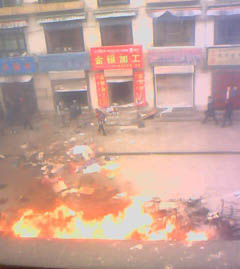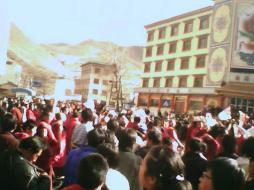camera phone
Posted by MohiniBhavsar on Jul 09, 2010
Camera Phone Images, Videos, Live Streaming: A Contemporary Visual Trend data sheet 3552 Views
Abstract:
Writing for a new media review is like writing history as events unfold. In a short time, this article will be out of date and perhaps no more than a few personal 2.0 snapshots taken of a slice of our lives circa 2009. Nevertheless, it is useful to draw a clear picture of how this medium is being used today, to define some of its emerging social properties, and to document and pay closer attention to its influence on our daily experiences and self-mediations. By self-mediations I refer to how each one of us decides his or her digital imprint: what we post online, whether they are videos, photographs, CVs, and the like. Due to the enormous quantity of content produced by users – now usually called prosumers – we should pay close attention to these
doings.
My focus will be on how camera phones affect how news is created and shared, reminding us of how closely the concept of ‘newsworthiness’ is linked to immediacy. Then I will briefly compare the camera phone video experience to the cinematic experience and discuss how film narrative and conventions have affected camera use for better or for worse. Finally, I will pose some open questions that touch on the academic and social value of the camera phone images, and on how contextualising them remains a crucial ingredient in all analysis. I will conclude by considering the visual impact that this handheld object is having on our lives and relationships.
Posted by on Jan 01, 1970
n/a
Posted by KatrinVerclas on Mar 16, 2008
Pictures and video out of Lhasa and Xiahe are slowly emerging, yet again initially mainly taken with camera phones and transmitted clandestinely across the border to transmit to a global audience.

According to reports, mobile networks and Internet access have been restricted for the last few days. Anti-Chinese protests led by Buddhist monks spread to other cities after a violent crackdown by Chinese troups on Friday that may have left as many as 100 protesters dead. Protests began peacefully last Monday but turned violent yesterday. Human Rights Watch alleged Chinese security forces "beating protesters, firing live ammunition and surrounding the Ganden Drepung and Sera monasteries."
Tibet has been occupied by China since 1950.
Update: From Chinese Twitter clones, comments about Tibet.
Images courtesy of Tibetan Center for Human Rights


